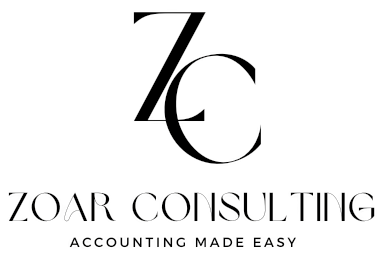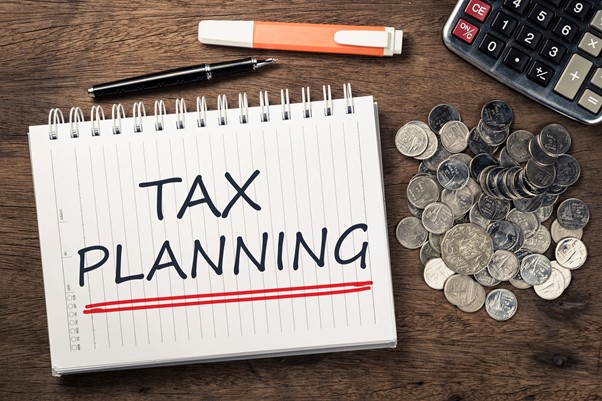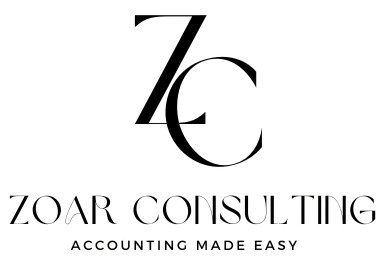Tax season is a yearly reality for Canadians, and with proper preparation, it doesn’t have to be stressful.
Whether you’re an employee, self-employed, or own a business, here’s a comprehensive guide to help
you prepare, maximize deductions, and avoid last-minute tax rushes.
- Gather Your Income Documents
The first step in tax preparation is organizing all necessary income documents. Depending on your
employment status, you’ll need different types of records
- T4 Slip: If you’re an employee, your employer will provide you with a T4, summarizing your income and any deductions made at the source.
- T4A, T4E, T4A(OAS), T4A(P): Other T4 forms, including those for pension, old age security, and employment insurance.
- T5 Slip: For income earned through investments, such as dividends and interest.
- Self-Employment Income: If self-employed, gather records of all income earned, such as invoices, bank statements, and receipts.
These documents should be received by the end of February, so keep an eye out and file them carefully.
- Organize Your Deductible Expenses
Deductions are essential to reducing your taxable income, so it’s important to track deductible expenses
throughout the year. Some common deductions for Canadian taxpayers include:
- Medical Expenses: Prescription medications, medical devices, dental, and vision care expenses are deductible. If you had high medical costs, check for additional credits through the Disability Tax Credit.
- Home Office Expenses: Due to the rise in remote work, many Canadians may qualify for the home office deduction. For eligible individuals, this includes a simplified flat rate method or detailed method for tracking expenses like utilities, rent, and maintenance.
- RRSP Contributions: Contributions to your Registered Retirement Savings Plan (RRSP) made within the tax year (or up until 60 days into the new year) are deductible and reduce taxable income.
- Childcare Costs: Eligible daycare, babysitting, or summer camp expenses can be claimed if they were incurred to earn income.
- Professional or Union Dues: Annual dues paid to a professional association or union can be deducted.
By gathering these records and receipts early, you’ll have a clearer picture of your deductions and
potential credits.
- Review Available Tax Credits
Canadian tax credits help reduce the tax amount you owe. Some key credits available include:
- Canada Workers Benefit (CWB): For low-income workers, this credit can reduce tax owing or even result in a refund.
- GST/HST Credit: If eligible, this credit provides quarterly payments to help cover GST or HST expenses.
- Disability Tax Credit: This non-refundable credit is available if you or a dependent have a severe disability.
- Climate Action Incentive: Residents of certain provinces can claim this credit to offset the cost of carbon tax.
Reviewing these credits early on can make sure you don’t miss out on valuable tax reductions.
- Contribute to Your RRSP by the Deadline
If you haven’t already maxed out your RRSP contributions, you have until the RRSP deadline (usually
March 1) to make contributions that apply to the previous tax year. Contributions to an RRSP can reduce
your taxable income and are an excellent tool for long-term savings. Be sure to review your RRSP
contribution room, as over-contributing can lead to penalties.
- Stay Informed About Tax Changes
Each year, tax laws can change, impacting deductions, credits, and overall filing processes. For 2023, the
Canadian government introduced several modifications in response to inflation and pandemic-related
relief. Some things to check include:
- Canada Training Credit (CTC): Aimed at workers looking to improve their skills, the CTC allows eligible individuals to claim up to $250 each year.
- COVID-19 Benefits Repayment: If you received benefits like CERB or CRB, you may have tov report them as income or repay portions if ineligible.
- Increased Basic Personal Amount: The basic personal amount, a tax-free portion of your income, increases each year, so be sure to claim the correct amount.
- Leverage a Tax Professional or Tax Software
If you’re unsure about certain deductions, using tax software or hiring a tax professional can ensure
you’re maximizing your return. Tax professionals in Canada are well-versed in CRA guidelines and can
assist with more complex returns, such as those with self-employment or investment income. Tax
software is another cost-effective option, offering step-by-step guidance for filing.
- File Your Taxes on Time
Finally, make sure you’re aware of the tax deadline: April 30th. For those self-employed, the deadline to
file is June 15th, but any taxes owed are still due by April 30th. Filing on time prevents late fees and
interest charges, which can add up quickly if there are unpaid taxes.


